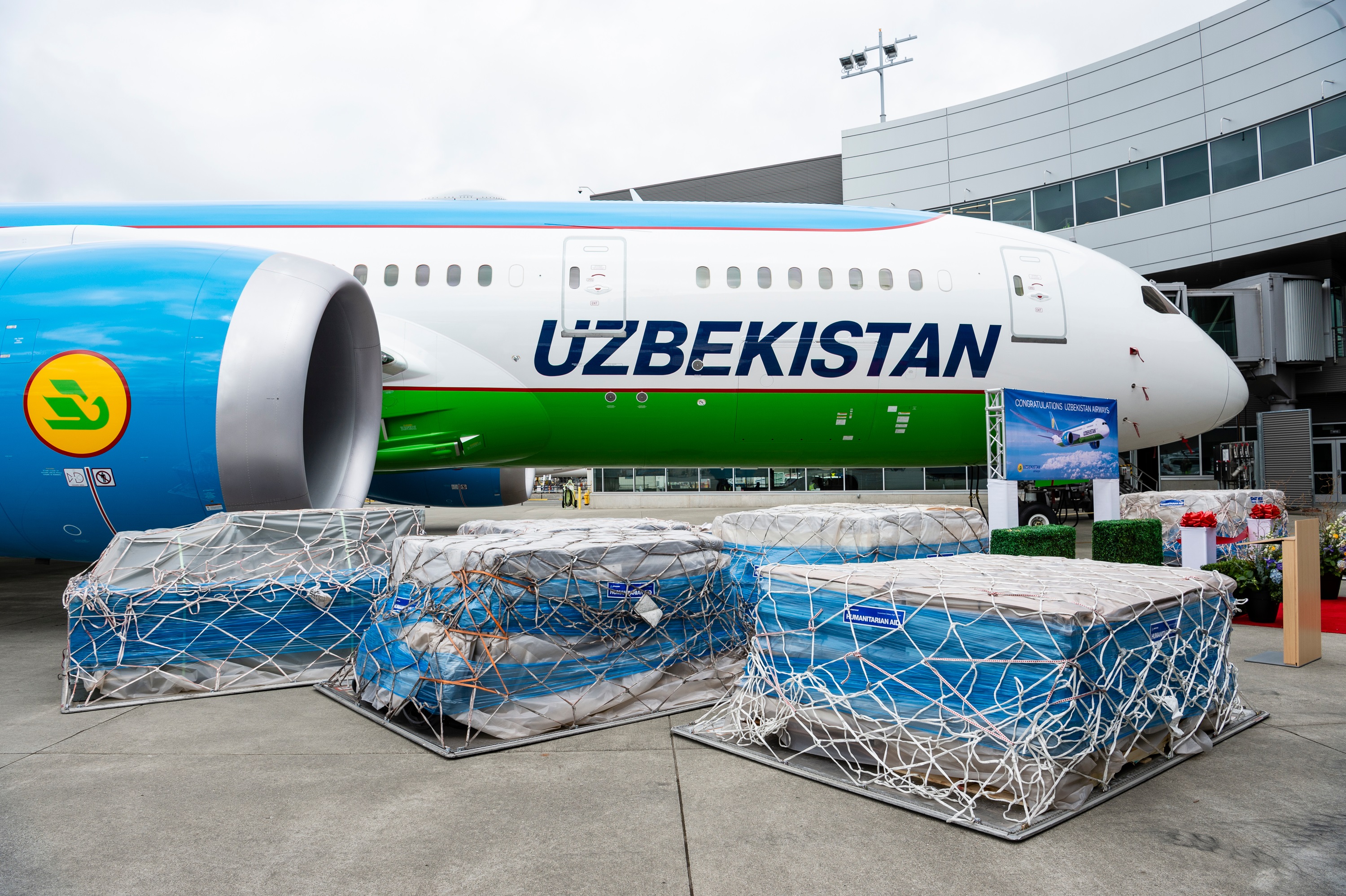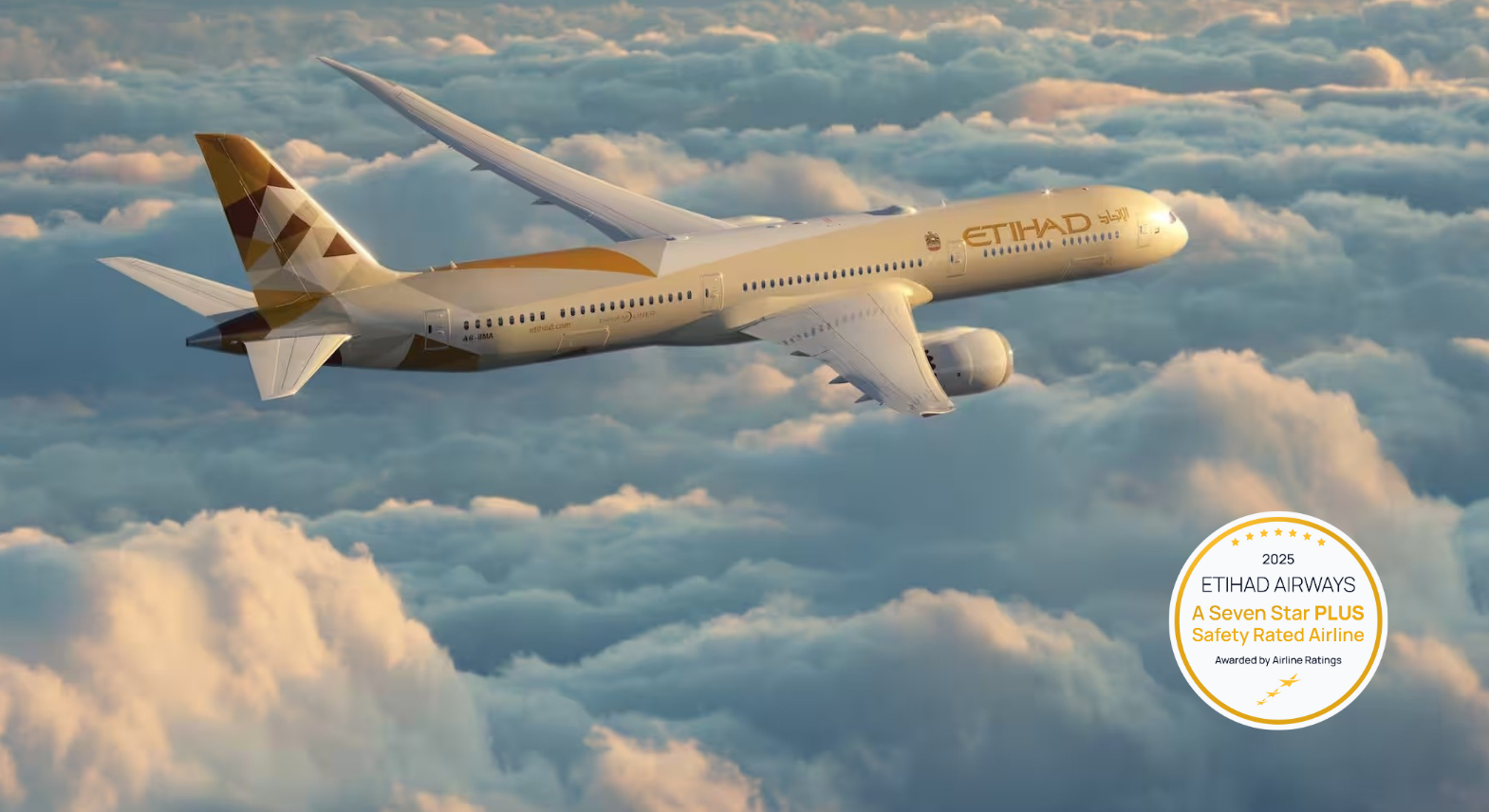
By Geoffrey Thomas
Published Tue Sep 17 2024
As the debate rages about aviation’s impact on the environment one crucial aspect is forgotten by many and that is aviation’s massive impact on the world’s economy and the distribution of wealth.
The economic importance of aviation cannot be understated. Once described as “overwhelmingly an activity of the richest elements of society” by the European Federation for Transport and Environment, it is anything but, bringing economic opportunity and work to hundreds of millions.
But the true effect of the airline system extends well beyond pure numbers and has become an integral part of the fabric of modern society as well as that of developing economies.
The Intergovernmental Panel on Climate Change (IPCC) 20071 stated: “Mobility is an essential human need and human survival and societal interaction depend on the ability to move people and goods. Efficient mobility systems are essential facilitators of economic development. Cities could not exist and global trade could not occur without systems to transport people and goods cheaply and efficiently.”
According to IPCC 2007, economic development and transport are inextricably linked. It stated: “Development increases transport demand, while the availability of transport stimulates even more development by allowing trade and economic specialization. Industrialization and growing specialization have created the need for large shipments of goods and materials over substantial distances and the accelerating globalization has greatly increased these flows.”
Giving colour to that statement the Air Transport Action Group (ATAG), an industry-funded body working with Oxford Economics has analyzed the economic and social benefits of aviation at a national level in 80 countries and used the results of that assessment to build the most comprehensive global picture of air transport’s many benefits.
Working with partners across the industry, ATAG has expanded the analysis to build a unique view of the air transport system. Aviation: Benefits Beyond Borders (ABBB) 2019 provides an excellent snapshot of jobs, trade, connectivity, tourism, vital lifelines for many remote communities and rapid disaster response prior to COVID. (We have used the 2019 report as it takes a snapshot of stable economic conditions)

The headline numbers are impressive. Every year based on 2019 figures:
· 87.7 million jobs are supported, directly and indirectly
· $3.5 trillion is contributed to the global economy
· 4.1% of global GDP is ascribed by the airline industry
· 35% of global trade by value is carried by aircraft
· If aviation was a country, it would rank 17th in size by GDP
Every day, there are:
· 12.4 million passengers carried
· 128,300 flights taking off
· $18 billion worth of goods transported
Every 60 seconds, there are:
· $12.4 million worth of global trade moved
· $6.6 million worth of economic activity supported
Aviation is indispensable for global tourism, which is a major engine of economic growth, particularly in developing economies. Globally, 54% of international tourists travel by air.
The report states that “these figures do not include other economic benefits of aviation, such as the jobs or economic activity that occur when companies or industries exist because air travel makes them possible, the intrinsic value that the speed and connectivity of air travel provides, or domestic tourism and trade. Including these would increase the employment and global economic impact numbers several-fold.”
Aviation’s impact on linking the world is extraordinary. Consider the numbers in 2019:
· 48,004 air routes were conducted
· 21,187 unique city pairs were connected
· 4.5 billion passenger journeys were undertaken
· 46.8 million scheduled flights took off
· 1,478 commercial airlines operated
· 3,780 airports served scheduled flights
· 33,299 commercial aircraft were in service
· Air transport carried 35% of world trade by value
Fast forward to 2023 and the industry has almost recovered to 2019 levels.

A very important aspect of air transport is its very significant contribution to social benefit. By facilitating tourism and trade, it generates economic growth, provides jobs, improves living standards, alleviates poverty and increases revenues from taxes.
ABBB 2019 stated: “The increase in cross-border travel is a reflection of the closer relationships developing between countries, both between individuals and at the state level. In the same way, eased restrictions on the movement of goods and people across borders facilitate the development of social and economic networks that will have long-lasting effects. This improved flow of people and goods benefits both the host and the originating countries, encouraging increased social and economic integration. Air transport offers a vital lifeline to communities that lack adequate road or rail networks. In many remote communities and small islands, access to the rest of the world and to essential services such as health care is often only possible by air.”
Aviation’s speed and reliability are perhaps most immediately apparent in the delivery of urgently needed assistance during emergencies caused by natural disasters, famine and war. Air services are particularly important in situations where physical access is problematic.
Travel and tourism competitiveness is increasing worldwide, especially in Europe, Asia-Pacific, the Middle East and North Africa. The trends show that tourism from, and between, developing economies is growing steadily. However, as incomes rise in emerging economies and airfares fall, one of the obstacles to international travel remains restrictive visa regimes, even for tourism purposes.
The ABBB also notes that aviation pays its way – unlike many other forms of transport. It states:
· Relative to other modes of public transport, such as rail and road which are subsidized, aviation covers most of its infrastructure costs and air transport compares favourably as a cost-effective sector. Analysis for the European Commission shows that, relative to other modes of public transport such as rail and bus/coach which are often heavily subsidized, aviation covers most of its infrastructure costs.
· For each mode of transport, the study assessed the cost of infrastructure and externalities, comparing them to taxes and charges levied. All modes of passenger and freight transport were considered including road, rail, inland waterway, maritime and aviation. Externality costs include accidents, air pollution, climate change, noise, congestion, well-to-tank emissions and habitat damage. Airlines and their passengers pay the cost of the infrastructure they use in the EU, both on the ground and in the air (air traffic management). By contrast, the infrastructure costs for rail are significantly higher relative to aviation. The total infrastructure costs for rail are estimated at €81 billion (versus €14 billion for airports). The revenue from taxes and charges on rail users covers only a relatively small portion of infrastructure costs for diesel, electric and high-speed trains.
· According to the European Commission, rail subsidies in Europe totalled roughly $59.4 (€50) billion in 2018. Meanwhile, aviation subsidies (primarily for public-service obligation routes to remote communities and small islands) were in the order of $149.3 (€135.3) million across the EU in 2017 — or around 2% of the subsidies given to rail.
In developing economies, some air transport infrastructure is financed through World Bank project loans. In 2018, this amounted to $979 million in investment, a decrease of 4% from the previous year due to the completion and closing of larger airport infrastructure projects. This amounts to only 2% of the World Bank’s $48.2 billion transport portfolio (which itself is less than one-sixth of the total invested that year).
Another enormous benefit of aviation is that it enables migrant workers to work in developed countries and remit home their salary to support and improve the lives of their families.
According to the United Nations, the number of international migrants worldwide reached nearly 272 million in 2019, of which about six of ten were migrant workers who move abroad for employment purposes. Migrants collectively contributed a record $714 billion in remittances worldwide in 2019 (of which $554 billion were sent to low- and middle-income countries). Remittances, where someone working abroad sends part of their earnings to family back home, have exceeded official development assistance — by a factor of three — since the mid-1990s and were on track to overtake foreign direct investment (FDI) flows to low- and middle-income countries in 2019. The continuity of remittances is supported by the maintenance of family and cultural ties — aided by air transport links.

This source of overseas income plays a significant role in some nations and does not only help alleviate poverty in less-developed countries but also helps achieve the SDGs more widely. For example, remittances accounted for nearly 30% of the GDP in Tajikistan, Nepal and the Kyrgyz Republic and even 37% in Tonga and Haiti in 2019.
Yet another benefit of aviation is in the field of education with airlines enabling inclusive and equitable quality education and promoting lifelong learning opportunities. To access higher-quality education for many means travelling to another country, sometimes in another region of the globe.
Without air transport, these opportunities simply would not be feasible, particularly for shorter-term university exchange programmes, such as the European Erasmus system. Air transport connectivity can make these ambitions far more likely to be realised. For students from developing countries, the opportunity to travel to established universities for higher education is invaluable, as well as benefitting the university and surrounding communities. This helps the individual’s personal improvement and also creates benefits for their home country, as students return armed with knowledge to contribute to their home economy and with strengthened links to the global economy.
Microsoft’s co-founder Bill Gates was certainly right when he said: “The Wright Brothers created the single greatest cultural force since the invention of writing. The airplane became the first World Wide Web, bringing people, languages, ideas, and values together.”
Have questions or want to share your thoughts?
Get In Touch





